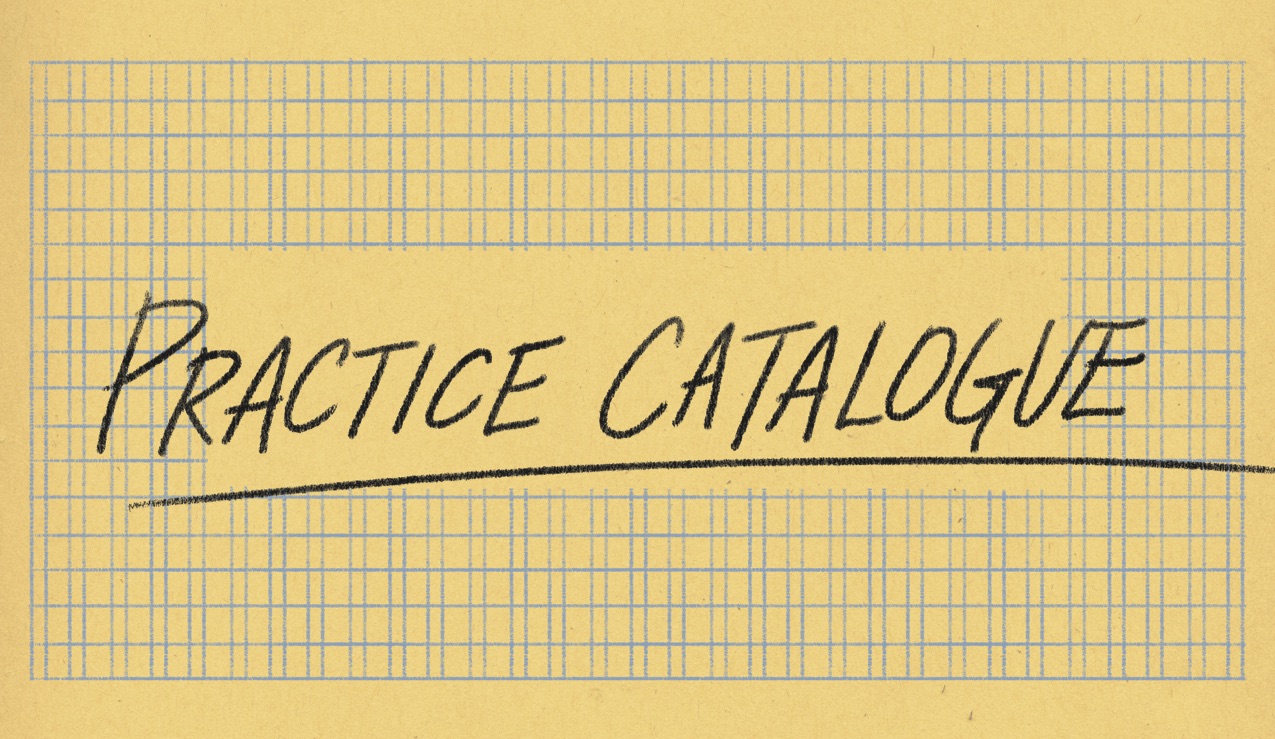To Make Forms Difficult and Perception Long
If we start to examine the general laws of perception, we see that as perception becomes habitual, it becomes automatic….Such habituation explains the principles by which, in ordinary speech, we leave phrases unfinished and words half expressed….The object, perceived in the manner of prose perception, fades and does not leave even a first impression; ultimately even the essence of what it was is forgotten….Habitualization devours work, clothes, furniture, one’s wife, and the fear of war….And Art exists that one may recover the sensation of life; it exists to make one feel things, to make the stone stony. The purpose of art is to impart the sensation of things as they are perceived, and not as they are known. The technique of art is to make objects “unfamiliar,” to make forms difficult, to increase the difficulty and length of perception because the process of perception is an aesthetic end in itself and must be prolonged.
[Viktor Shklovsky, “Art as Technique”]
